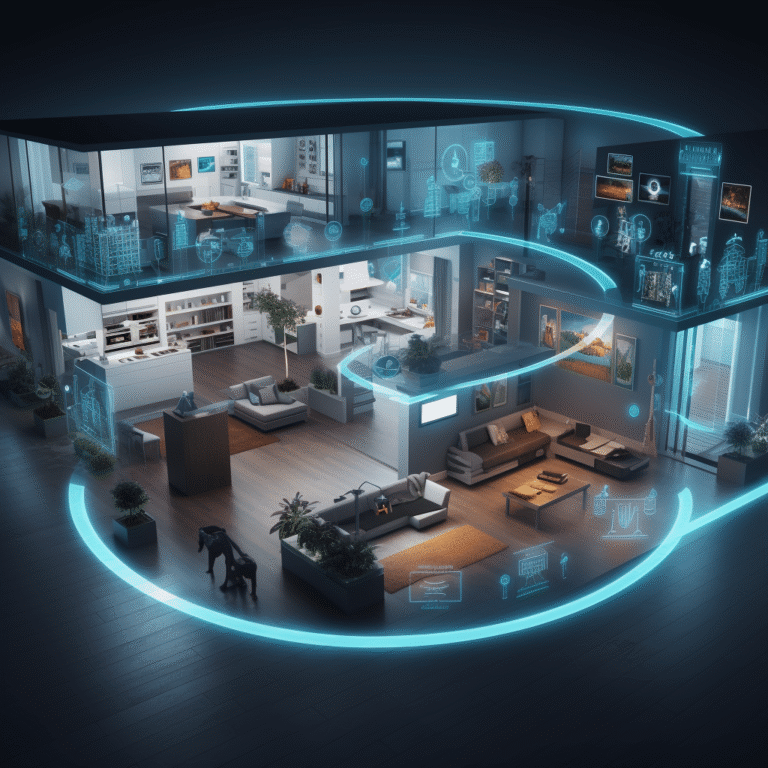Design YoDeur Ideal Day A Blueprint for a Life You Love
Imagine waking up every morning with a sense of purpose, excitement, and clarity. Your day unfolds exactly as you want it to—filled with meaningful work, joyful moments, and time for yourself. Designing your ideal day isn’t just a daydream; it’s a practical, achievable goal that can transform how you live. By intentionally crafting your daily routine, you can align your time with your values, goals, and passions. In this article, we’ll explore how to design your ideal day, step by step, to create a life that feels fulfilling and authentic.
Why Designing Your Ideal Day Matters
Most of us live our lives on autopilot, reacting to demands rather than shaping our time. Work, errands, and endless notifications dictate our schedules, leaving little room for what truly matters. Over time, this can lead to burnout, dissatisfaction, and a nagging sense that life is passing us by. Designing your ideal day flips this script. It’s about taking control of your time and creating a routine that reflects who you are and what you want.
Research shows that intentional routines improve mental health, boost productivity, and enhance overall well-being. A 2019 study from the Journal of Positive Psychology found that people who structure their days around meaningful activities report higher life satisfaction. By designing your ideal day, you’re not just planning tasks—you’re building a life that aligns with your deepest desires.
“We don’t rise to the level of our goals; we fall to the level of our systems.” – James Clear
Step 1: Define Your Vision
The first step in designing your ideal day is to get clear on what you want. This requires reflection and honesty. Ask yourself: What does an ideal day look like for you? Is it a day filled with creative work, time with loved ones, or moments of quiet solitude? Your vision should reflect your values, not someone else’s idea of a “perfect” day.
Start by journaling or meditating on these questions:
- What activities make me feel energized and fulfilled?
- What are my top priorities in life (e.g., family, career, health, personal growth)?
- What would I do if I had no obligations or limitations?
- What kind of environment supports my best self?
For example, if you value creativity, your ideal day might include time for writing, painting, or brainstorming. If health is a priority, you might prioritize exercise and nutritious meals. The goal is to create a vision that feels authentic and exciting to you.
Step 2: Break Down Your Day
Once you have a vision, break your ideal day into segments: morning, afternoon, and evening. This helps you structure your time and ensures balance between productivity, rest, and play. Here’s a framework to guide you:
Morning: Set the Tone
Mornings are a powerful time to establish momentum. Research from the American Psychological Association suggests that morning routines can reduce stress and improve focus throughout the day. Consider activities like:
- Meditation or mindfulness: Spend 5–10 minutes practicing gratitude or deep breathing to center yourself.
- Movement: A short workout, yoga session, or walk can energize your body and mind.
- Planning: Review your goals and set intentions for the day.
For example, your ideal morning might start with a 20-minute jog, followed by a healthy breakfast and 10 minutes of journaling.
Afternoon: Deep Work and Connection
The afternoon is often the most productive part of the day. This is the time for focused work, creative projects, or pursuing your passions. Block out distractions and prioritize tasks that align with your goals. If relationships are important, carve out time for lunch with a friend or a quick call to a loved one.
Evening: Wind Down and Reflect
Evenings are for rest and reflection. Create a routine that helps you unwind and prepare for the next day. This might include:
- Leisure: Reading, watching a favorite show, or spending time with family.
- Reflection: Journal about what went well and what you’d like to improve.
- Preparation: Lay out clothes or plan tomorrow’s tasks to reduce morning stress.
Step 3: Align Your Day with Your Energy
Not all hours are created equal. Your energy levels fluctuate throughout the day, and designing your ideal day means working with your natural rhythms. Are you a morning person who thrives at dawn, or do you hit your stride in the afternoon? Pay attention to when you feel most alert and schedule your most important tasks during those windows.
For example, if you’re sharpest in the morning, reserve that time for deep work, like writing or problem-solving. Save less demanding tasks, like emails or errands, for when your energy dips. This approach, known as “energy management,” can boost productivity and prevent burnout.
“The key is not to prioritize what’s on your schedule, but to schedule your priorities.” – Stephen Covey
Step 4: Eliminate Time-Wasters
To make room for your ideal day, you’ll need to cut out activities that don’t serve you. Common time-wasters include excessive social media, unnecessary meetings, or mindless multitasking. A 2021 study by the University of California found that people spend an average of 2.5 hours per day on social media—time that could be redirected toward meaningful pursuits.
Conduct a “time audit” by tracking how you spend your day for a week. Identify activities that drain your energy or don’t align with your goals. Then, take action:
- Set boundaries: Limit social media to 30 minutes a day or turn off notifications during work hours.
- Delegate or outsource: Pass off low-value tasks, like household chores, if possible.
- Say no: Politely decline commitments that don’t align with your priorities.
Step 5: Build Flexibility and Balance
An ideal day isn’t rigid. Life is unpredictable, and your routine should have room for spontaneity. Build in buffers—extra time between tasks to handle unexpected interruptions. For example, if you plan a meeting from 10:00 to 10:30, leave 15 minutes free before your next task.
Balance is also key. Your ideal day should include a mix of work, rest, and play. Overloading your schedule with productivity can lead to burnout, while too much leisure can leave you feeling unfulfilled. Aim for a rhythm that feels sustainable.
Step 6: Test and Refine
Designing your ideal day is an experiment. Try your routine for a week and reflect on what works and what doesn’t. Ask yourself:
- Did I feel energized and fulfilled?
- Were there moments when I felt rushed or overwhelmed?
- What adjustments can I make to improve my day?
Refine your routine based on your insights. Maybe you need more time for exercise or less time on emails. Be patient—creating an ideal day takes trial and error.
Sample Ideal Day
Here’s an example of an ideal day for someone who values health, creativity, and family:
- 6:30 AM: Wake up, meditate for 10 minutes, and do a 20-minute yoga session.
- 7:00 AM: Enjoy a healthy breakfast and plan the day.
- 8:00 AM–12:00 PM: Focus on creative work, like writing or designing.
- 12:30 PM: Lunch with a friend or family member.
- 2:00 PM–5:00 PM: Tackle administrative tasks or meetings.
- 5:30 PM: Go for a walk or hit the gym.
- 7:00 PM: Dinner with family, followed by reading or a hobby.
- 9:00 PM: Reflect on the day and prepare for tomorrow.
- 10:00 PM: Wind down with a relaxing activity and sleep by 10:30 PM.
This is just a template—your ideal day will be unique to you.
Overcoming Common Obstacles
Designing your ideal day isn’t always easy. Here are some common challenges and how to address them:
- Lack of time: Start small. Even 30 minutes a day for a passion project can make a difference.
- External demands: Communicate your priorities to others and set clear boundaries.
- Procrastination: Break tasks into smaller steps and use tools like timers to stay focused.
Conclusion: Start Today
Your ideal day is within reach. By defining your vision, structuring your time, and aligning your day with your energy, you can create a routine that feels purposeful and fulfilling. Start small, experiment, and be kind to yourself as you refine your approach. Over time, your ideal day will become the foundation of a life you love.
Take the first step today. Reflect on what matters most to you, and design a day that brings you closer to your best self.






